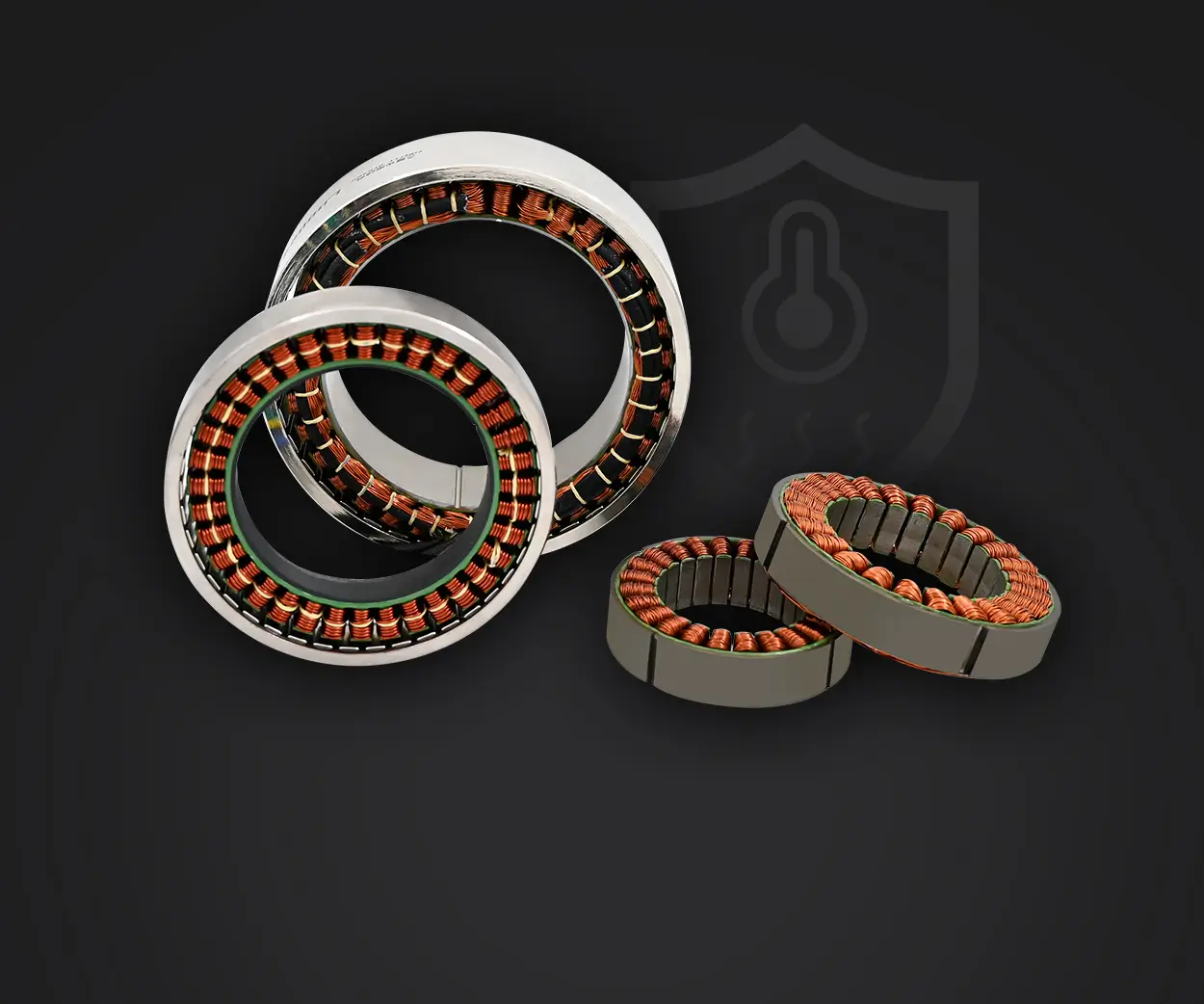Unlocking Precision: A Deep Dive into Arduino Servo Motor Schematics
The world of DIY electronics and robotics is teeming with possibilities, and at the heart of many innovative projects lies the humble servo motor. Whether you're building a robotic arm, a camera gimbal, or an automated model, understanding how to correctly connect and control a servo with an Arduino is fundamental. This journey begins with mastering the servo motor schematic—a blueprint that reveals the wiring and electrical interactions that bring your robot to life.

What is a Servo Motor and Why Use Arduino? A servo motor is a compact rotary actuator that offers precise control over angular position, velocity, and acceleration. Unlike standard motors that spin freely, servos have a built-in feedback mechanism, making them ideal for applications requiring accuracy. They commonly utilize a control signal, typically a PWM (Pulse Width Modulation) signal, to determine their position.
Arduino, on the other hand, is an incredibly popular microcontroller platform favored for its versatility, affordability, and user-friendly environment. It provides an accessible gateway for hobbyists, students, and professionals alike to prototype and implement servo-based systems.
Fundamentals of the Servo Motor Schematic At its core, the schematic depicts how the servo motor connects with the Arduino and power sources. Common elements include:
Servo Signal Pin: Receives control commands from the Arduino’s digital PWM pin. Power Supply Pins (Vcc and GND): Provide the necessary voltage and ground reference to the servo. Control Circuit (Internal): Embedded within the servo, it interprets PWM signals and adjusts the motor's position accordingly.
A typical schematic simplifies these connections into a diagram that guides wiring and circuit design, ensuring the servo functions as intended without damage or erratic behavior.
Basic Wiring Diagram Overview In the simplest setup, you connect the servo motor to an Arduino as follows:
Signal Pin (usually orange or yellow): Connect to a digital PWM pin on the Arduino (e.g., pin 9). Vcc (usually red): Connect to the 5V power output of the Arduino. GND (usually black or brown): Connect to Arduino ground (GND).
Important Tip: When powering servos, especially multiple units, it's often advisable to connect the servo's power to an external power supply rather than the Arduino's 5V pin. This prevents drawing too much current through the Arduino and risking resets or damage.
Why External Power Supplies Matter Servos can draw significant current, especially under load or when multiple servos operate simultaneously. Relying solely on the Arduino's onboard 5V pin may lead to voltage drops, resets, or in worst cases, damage to the board. An external 5V power source with a common ground is the safest route, and the schematic must detail this connection clearly.
Sample Schematic: Single Servo Connection Imagine a schematic with the following components:
Arduino Uno or compatible board. A standard servo motor. External 5V power supply (if needed). Connecting wires routed according to the schematic.
The schematic shows:
The servo’s control wire connected to Arduino digital pin 9. The servo’s power wire connected to either Arduino 5V or external 5V. The servo’s ground wire connected both to Arduino GND and the external power supply ground if used.
This arrangement provides a clear, visual blueprint for wiring up.
Key Components and Their Roles Understanding the schematic means recognizing each component's role:
The Arduino Board: Heart of the system, generating PWM signals. Servo Motor: Mechanical component that moves based on PWM input. Power Source: Supplies the necessary voltage and current for the servo. Connecting Wires: Ensure reliable signal and power transmission.
By visualizing these connections, hobbyists can troubleshoot potential issues such as flickering or unresponsive servo movements, which are often caused by wiring faults or power insufficiencies.
Safety Precautions While building schematics, safety isn't just a formality; it's essential. Always:
Verify voltage levels before powering up. Use adequately rated power supplies. Avoid connecting multiple servos to a single power source without proper current considerations. Double-check wiring connections to prevent shorts.
Meet these basic safety standards, and you'll lay a solid foundation for more sophisticated projects.
Part 2 follows, diving into more complex schematics, troubleshooting, integration with sensors, and real-world project ideas.
Established in 2005, Kpower has been dedicated to a professional compact motion unit manufacturer, headquartered in Dongguan, Guangdong Province, China.




































